The fall of Syria’s Assad dynasty last December brought a glimmer of hope to a country mired in a 13-year-long civil war. Indeed, “Syria’s current transition to a new form of government is in a category of its own,” Zaid Al-Ali wrote in April. “Desperate to avoid the mistakes that their counterparts in other Arab countries have made in recent decades, the new interim authorities under President Ahmed al-Sharaa have achieved impressive progress.”
Yet despite fragile public confidence in its transitional government, Syria faces profound threats as it seeks to rebuild, from the resurgence of the Islamic State to the legacy of the Assad regime’s chemical weapons program and family separation policy.
This edition of The Reading List offers a closer look into those challenges and considers what a successful transition might entail.
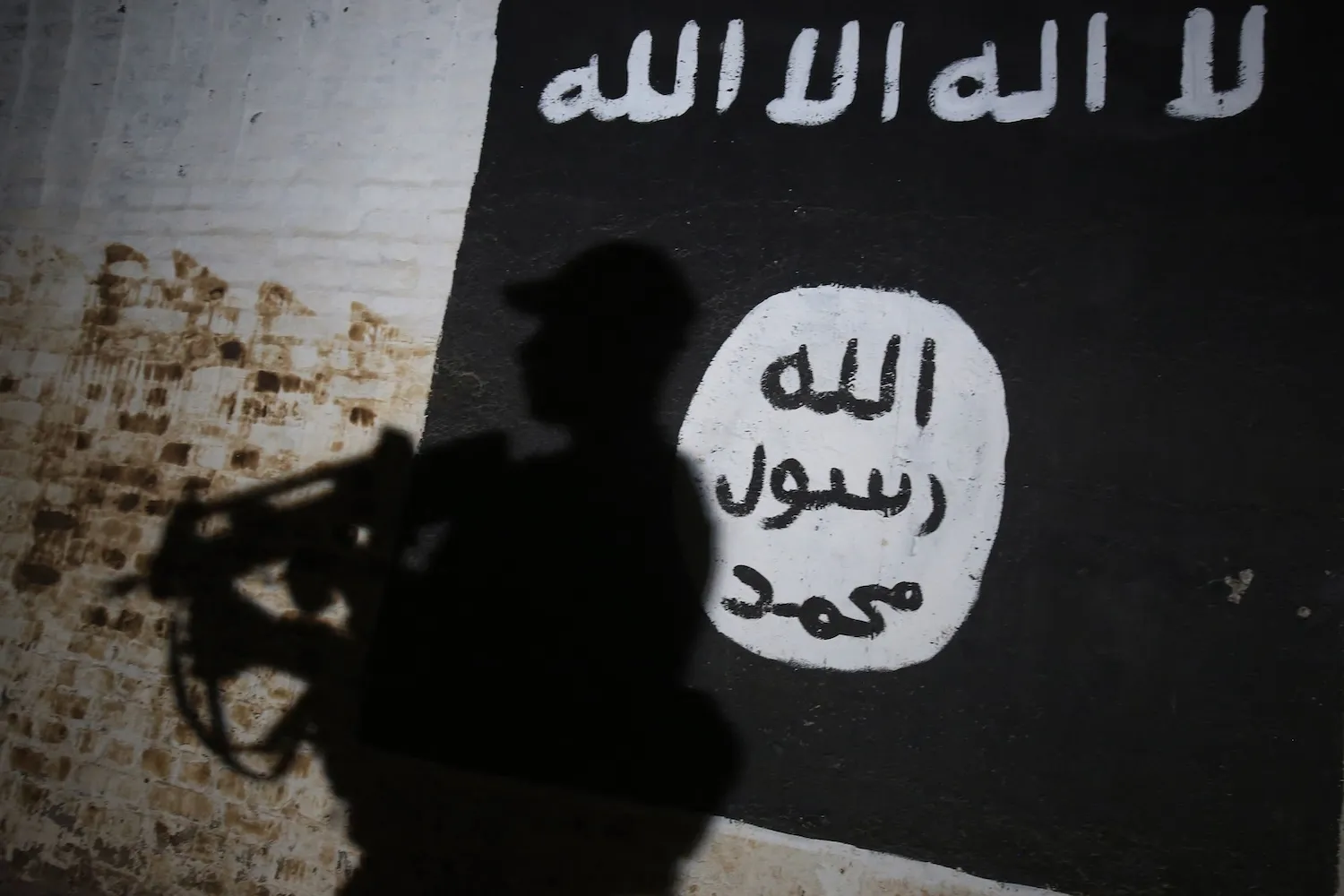
Syria’s Islamic State Is Surging
As a new regime gets settled in Damascus, it faces a rising threat from an old foe, Charles Lister writes.
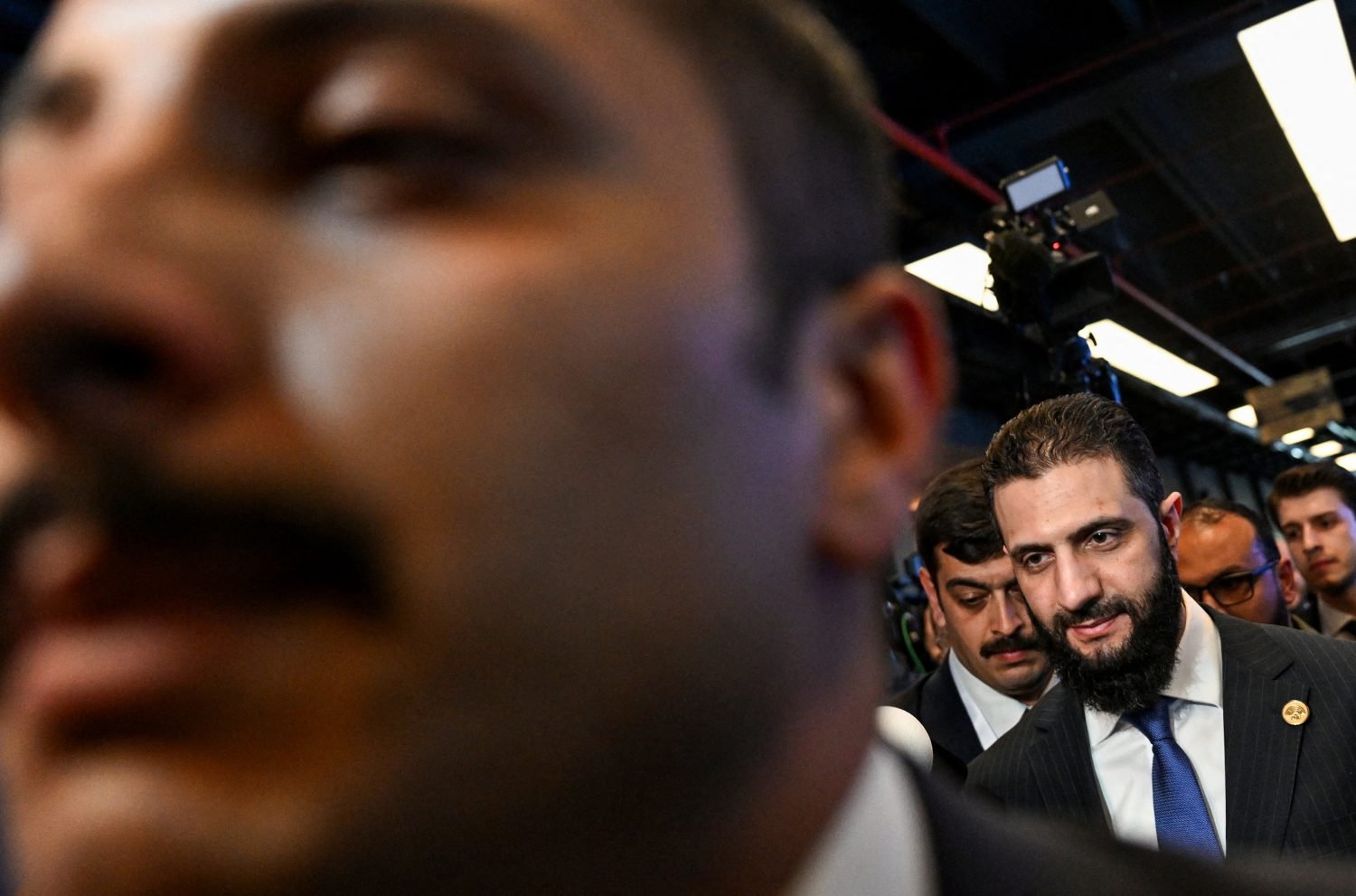
The New Syria Is Run Like the Old
A constitution by decree gives the president unchecked powers, risking what has been an impressive transition, Zaid Al-Ali writes.
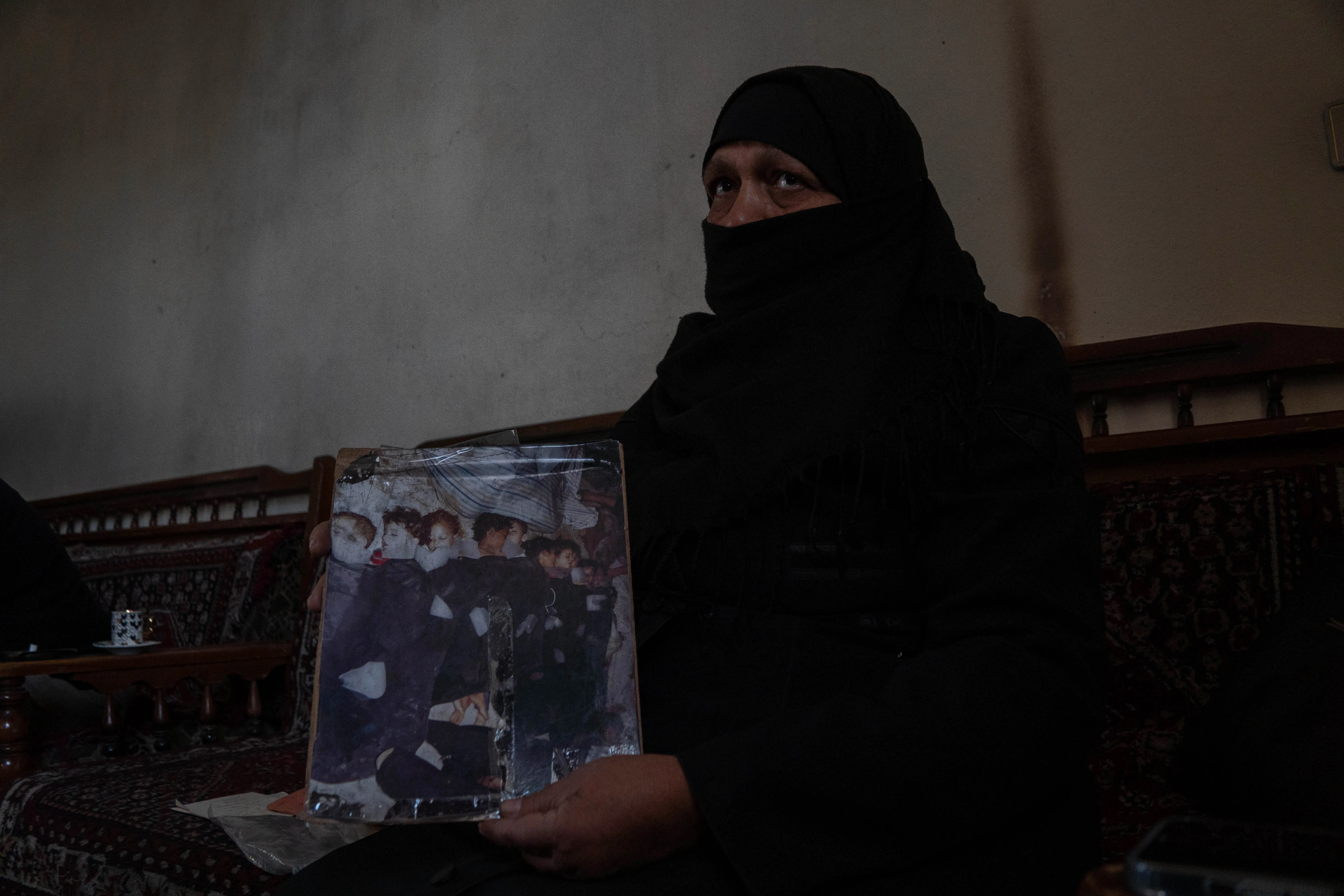
The Long Shadow of Syria’s Chemical Weapons
USAID funding cuts cast doubt on eliminating the country’s stockpile, Anagha Subhash Nair writes.
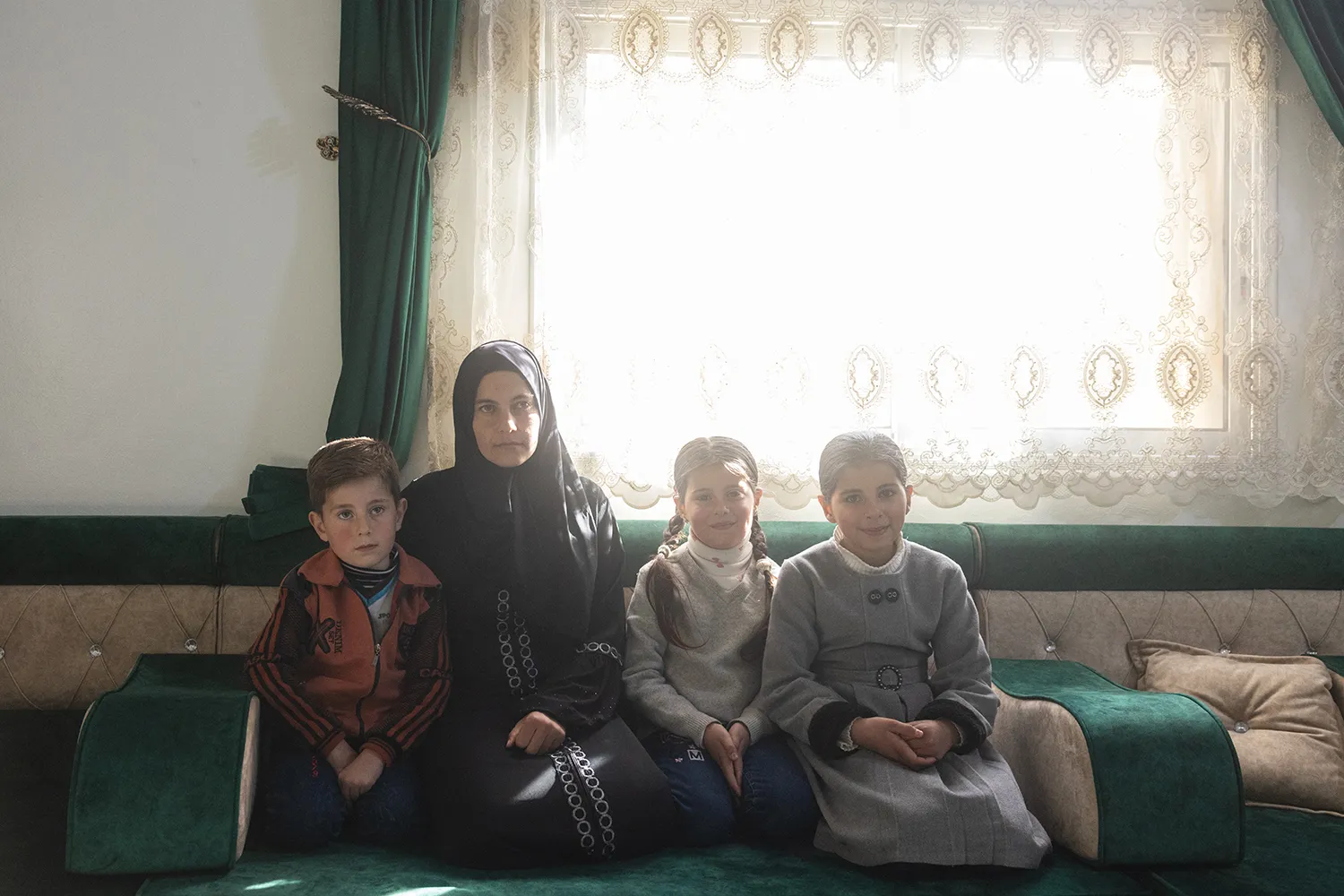
Syria’s Missing Children
Children of detainees disappeared in orphanages. As many remain unaccounted for, their relatives fear the worst, Andrei Popoviciu writes.
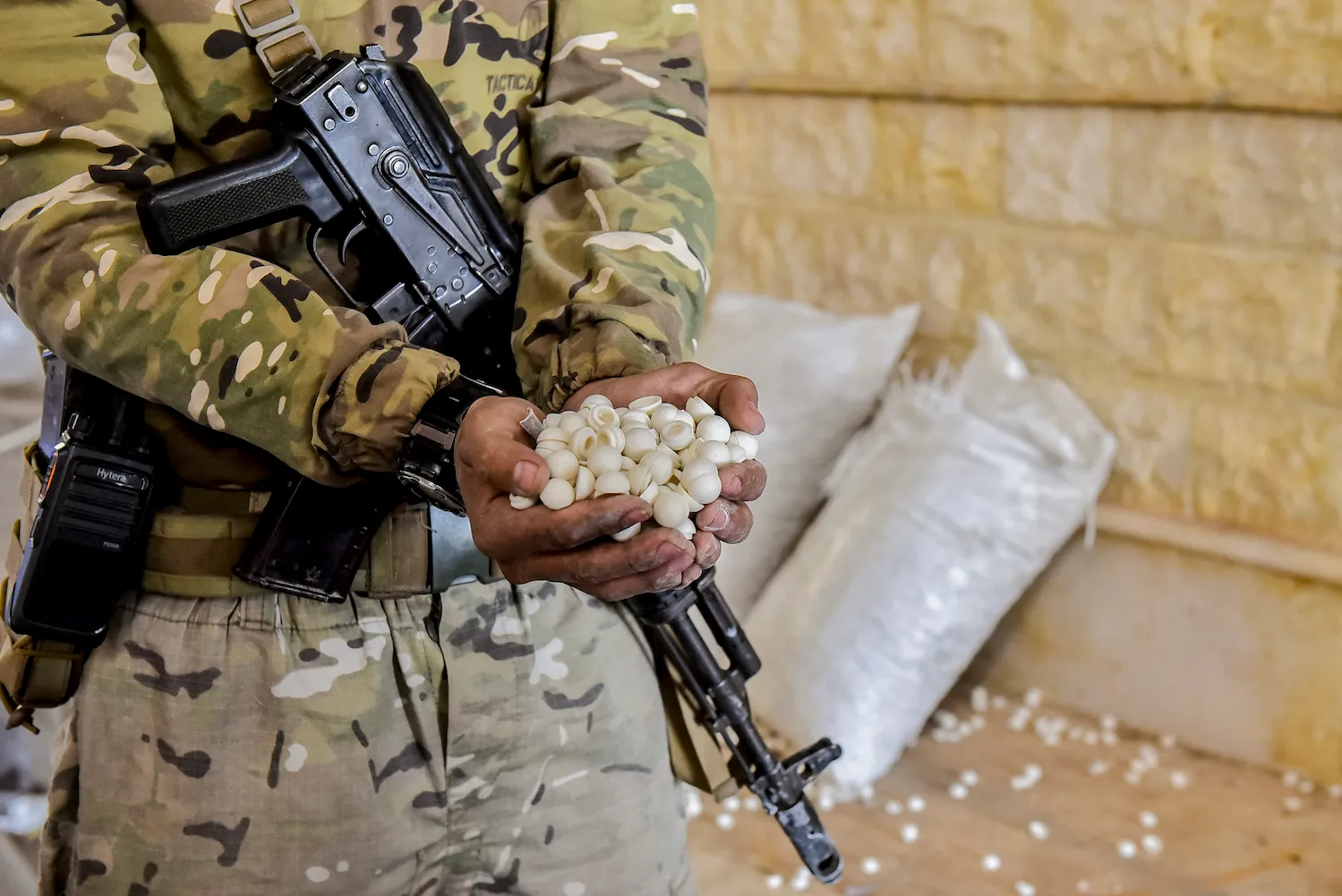
What Will Happen to Assad’s Secret Drug Empire?
The ousted Syrian regime financed its war machine by producing and trafficking Captagon, Caroline Rose and Matthew Zweig write.
The post Where Does Syria’s Political Transition Stand? appeared first on Foreign Policy.




